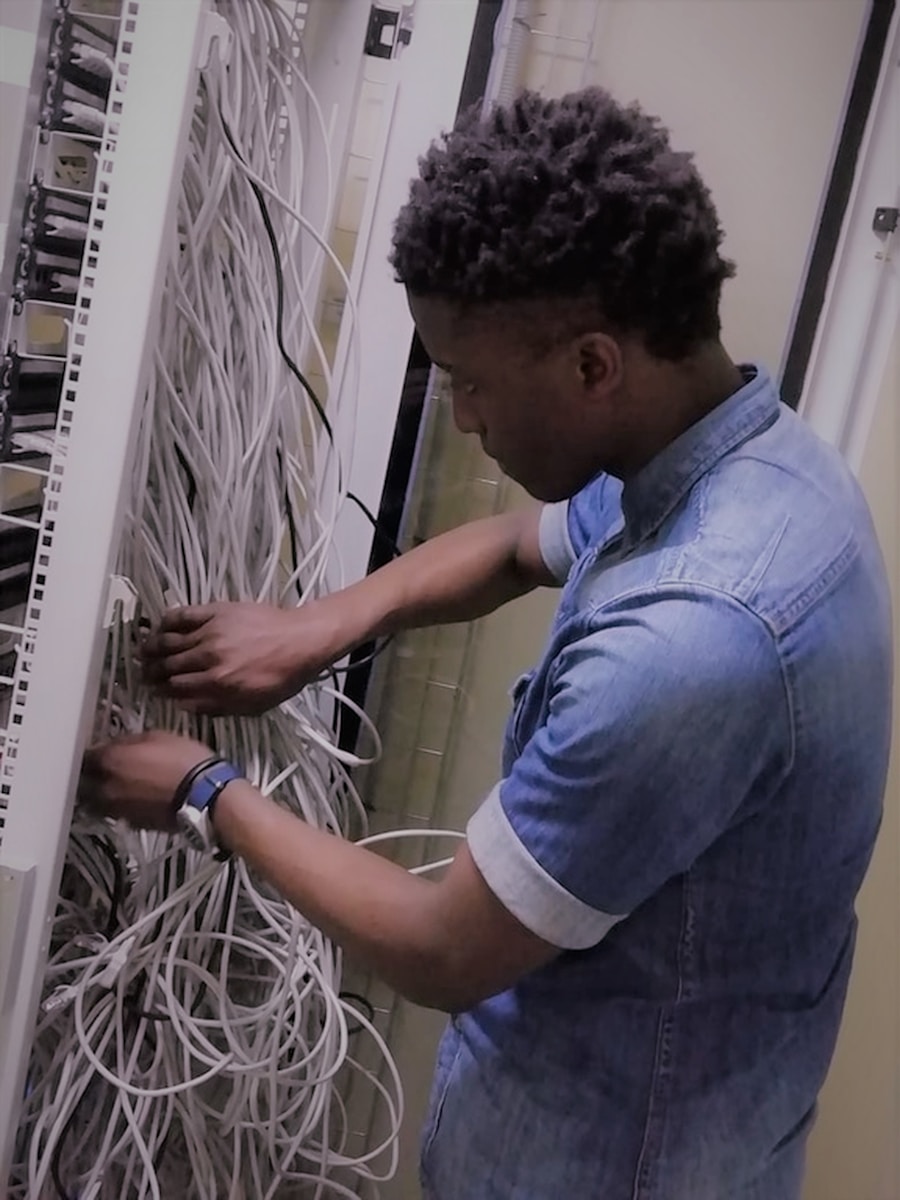The Benefits Of Hiring Onsite IT Support Over Remote Assistance
Businesses rely heavily on their IT infrastructure to operate smoothly nowadays. From email and file sharing to customer databases and inventory management, IT systems are the backbone that keeps everything running. When something goes wrong with these critical systems, it can bring operations to a grinding halt. That’s why having reliable onsite support is so crucial for companies of all sizes.
There are two main options for IT support – onsite and remote assistance. While remote IT support can be convenient in some situations, there are significant advantages to having onsite IT support. Let’s explore the key benefits.
Faster Response Times
One of the biggest draws of onsite IT professionals is their ability to respond rapidly when technical issues arise. With team members physically present, they can quickly diagnose and fix problems without the delays of remote connectivity. This gets systems back up and running with minimal downtime, preventing costly work stoppages.
Think about it this way – if your company’s email server crashes, how long could you afford to be without email communications? With onsite support services in Dallas or in locations near you, the issue may be resolved in minutes. But with remote technical support, it could take hours or even days to establish a secure connection and troubleshoot the problem. Those kinds of delays can be crippling for a business.
Deeper Technical Knowledge
Local IT staff gain an intimate understanding of your company’s technology stack and operational needs over time. This allows them to proactively identify potential issues and optimize systems for peak performance. An offsite contractor simply doesn’t have the same level of insight.
Dedicated onsite IT support also makes it easier to implement and maintain consistent IT policies and best practices across the organization. Their physical presence facilitates things like security audits, software deployments, data backups, and user training in a streamlined fashion.
Better Communication
When IT professionals are embedded within your office, communicating is far simpler than going through remote channels. Users can easily walk over for in-person consultations instead of relying on emails, phone calls, or video chats, which can lead to misunderstandings.
Face-to-face interactions allow for more nuanced discussions if you want to contact IT support team, like being able to point directly at an error message for clarity. Onsite IT support picks up on important non-verbal cues, too. These smooth communication pathways help minimize frustration and build trust between employees and the IT team.
Enhanced Security and Privacy

From a cybersecurity perspective, an onsite IT support service is generally considered lower risk than a remote one. By having technicians directly connect to systems locally, there is less potential vulnerability to outside threats that could compromise data. All sensitive information stays within the company’s secure network perimeter.
With remote access, file transfers and system changes often have to cross the public internet. No matter how robust the encryption is, it creates more potential attack vectors for hackers to exploit. An internal, facility-based IT staff mitigates those dangers.
There are also data privacy advantages to onsite tech support. Laws like HIPAA and GDPR place strict controls on how companies handle confidential customer data. Having an in-house team makes compliance significantly easier to monitor and enforce.
Cost Savings Over Time
While the upfront investment for dedicated IT personnel is higher than ad-hoc remote services, those costs often balance out over the long run. That’s because:
- Experienced in-house staff are more efficient at preventing major issues that lead to expensive crises
- They can leverage deep knowledge to optimize systems for the business, improving productivity
- Onsite IT support services avoid costly hourly remote fees that can quickly add up, especially for smaller jobs
- Local teams are invested in the company’s success as employees, not just temporary contractors
There’s also the opportunity cost to consider. How much potential revenue could be lost from extended operational outages when relying on offsite technical support? With an onsite IT support provider, those risks are minimized.
Creating a Managed IT Support Strategy
Of course, there are also scenarios where supplementing in-house IT staff with remote assistance makes sense. For example:
- Handling temporary spikes in workload or unique technical needs
- Providing 24/7 monitoring and emergency coverage
- Accessing specialized expertise for complex projects
The key is developing a balanced strategy that leverages the strengths of both onsite and offsite IT resources based on your organization’s specific needs. For most businesses, though, having a core team of local, full-time technicians should be the foundation.
Finding the Right Onsite IT Support Provider
Once leadership has committed to building an internal IT department, the next step is determining the staffing needs and skill sets required. Some key considerations:
- Current and projected IT workload – How many employees, devices, and applications need to be supported? What is the expected growth?
- Technical requirements – Does the business have specialized systems like industrial equipment, custom software, sophisticated networking, etc.?
- Budget and hiring plans – How many IT roles can be filled initially? What are the long-term staffing goals?
- Leadership and oversight – Who will serve as the head of IT and help develop department strategy?
With a clear roadmap in place, the company can start recruiting qualified onsite IT professionals who match the outlined criteria. Having the right team in place paves the way for an optimized, secure, and productive technology environment.
Conclusion
While remote IT assistance has its uses, there are numerous compelling advantages to maintaining an onsite tech support staff. From quick response times and better communication to tighter security and long-term cost savings, local IT teams provide a level of service that offsite contractors simply cannot match. By investing in an expert in-house department, businesses gain a strategic technology partner embedded within their operations. One that can stay ahead of issues, drive efficiency, and safeguard critical systems and data assets over the long haul.




